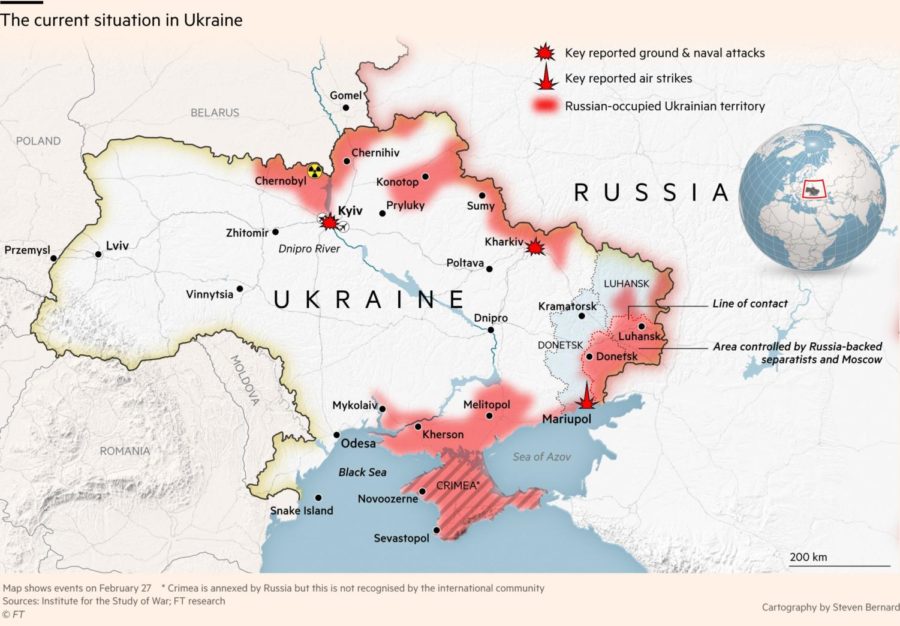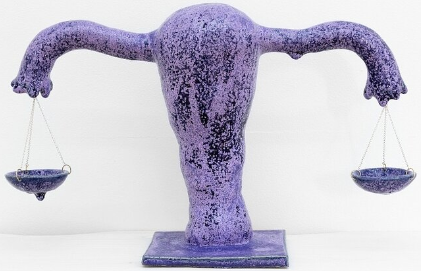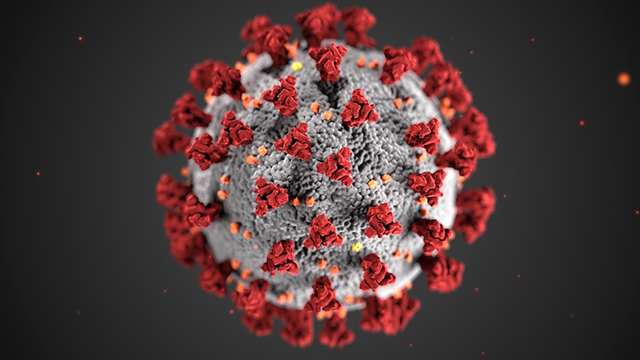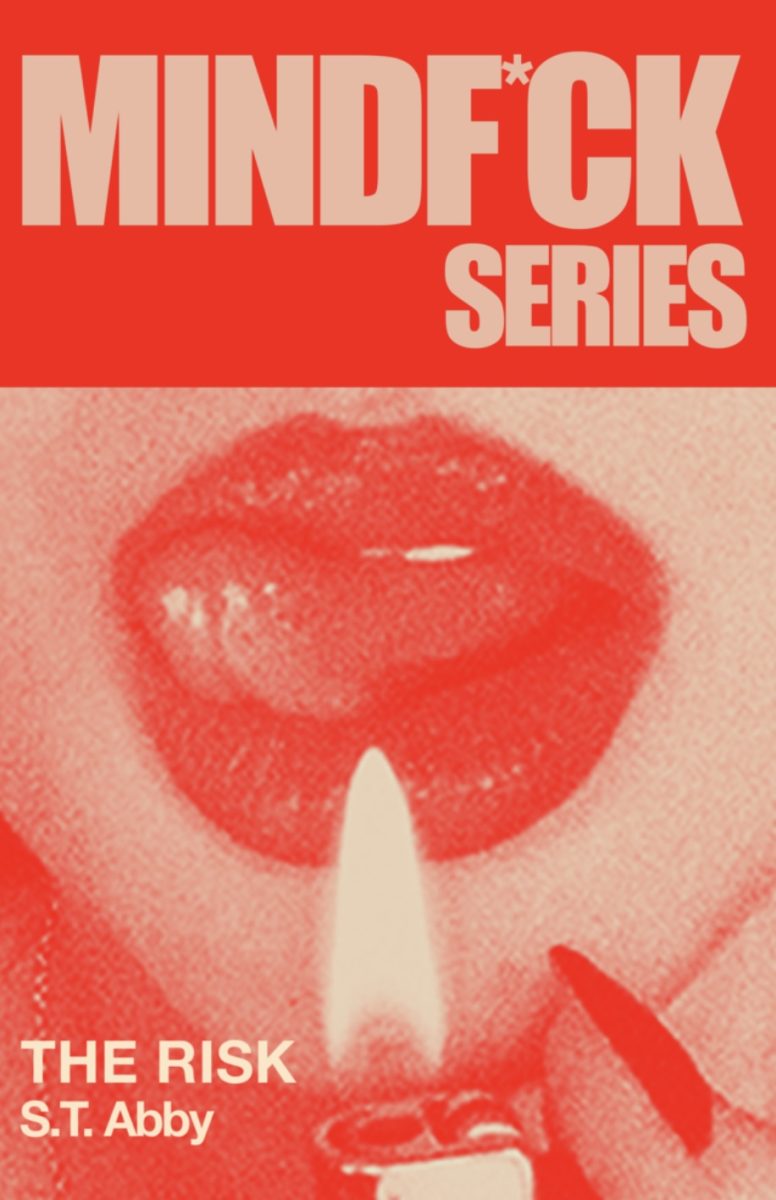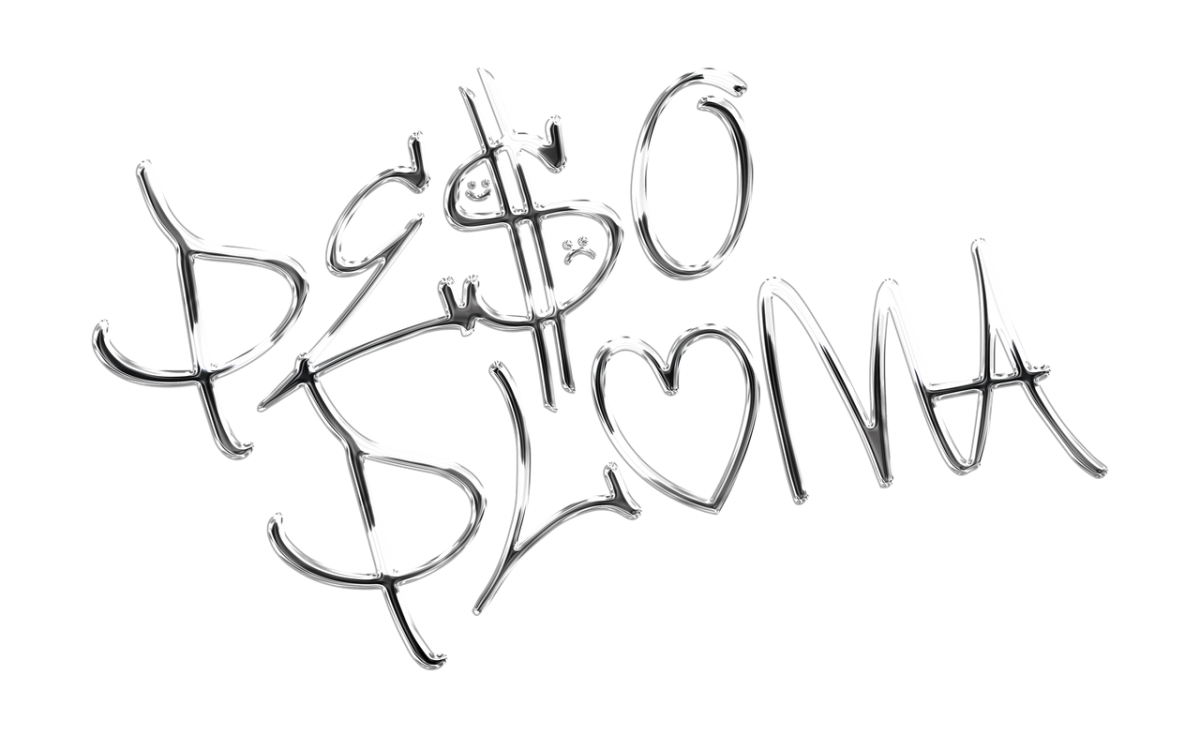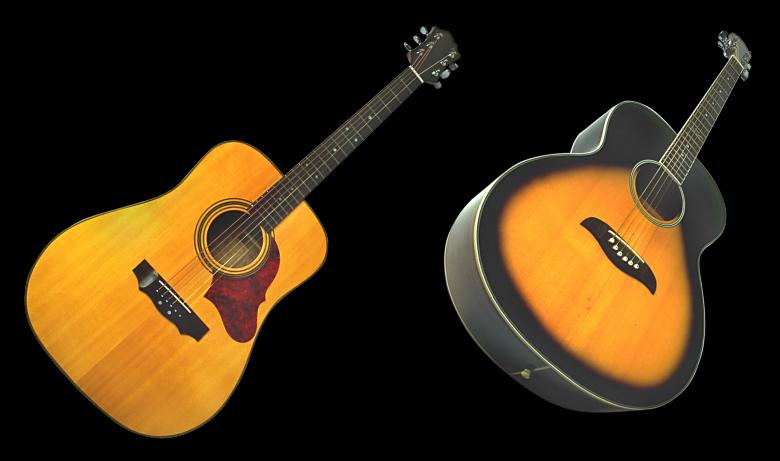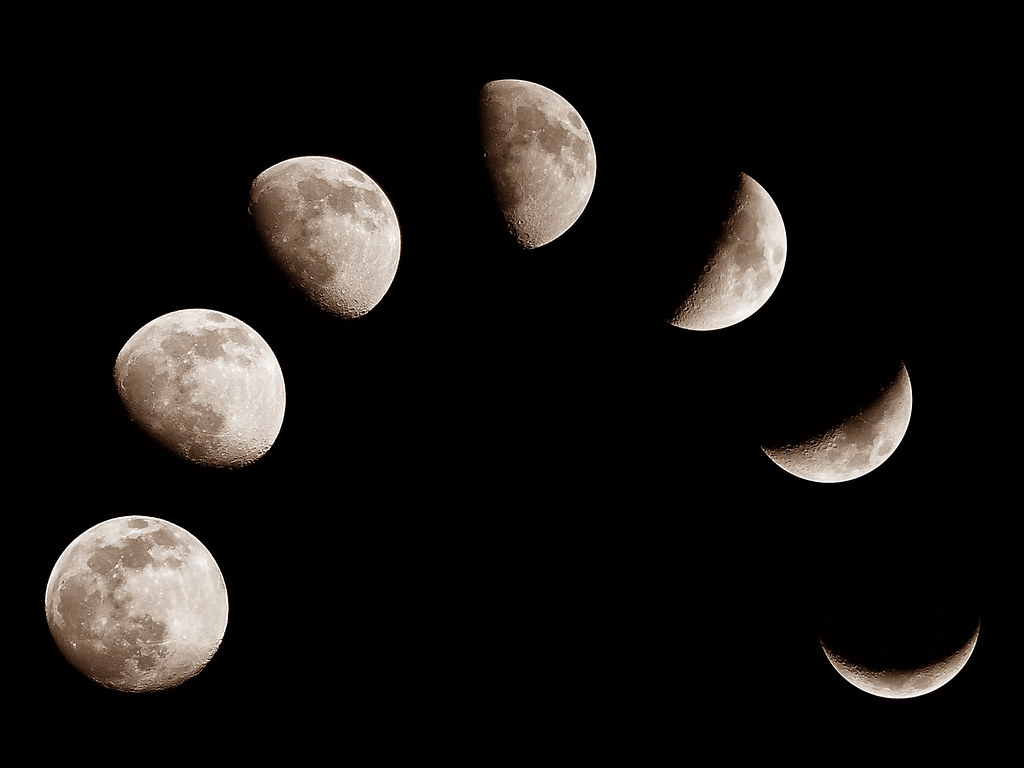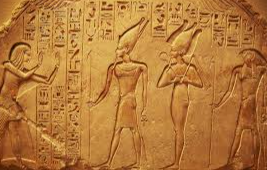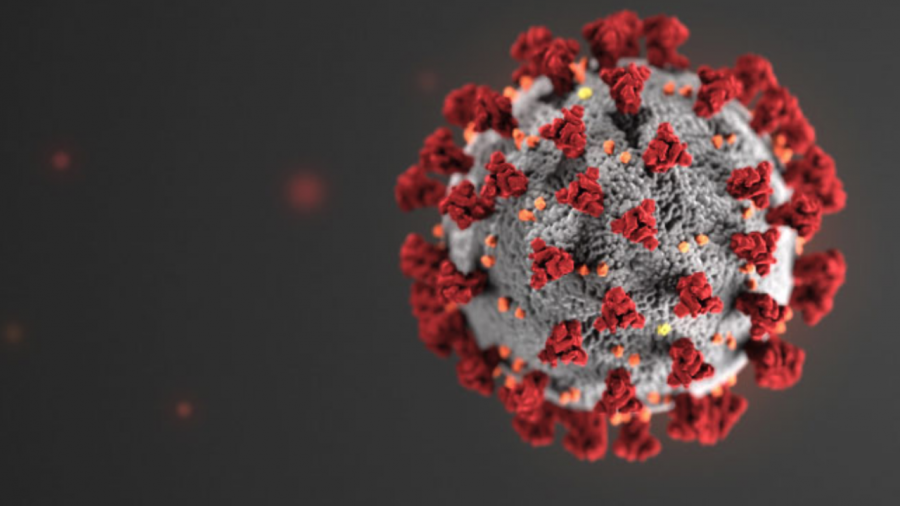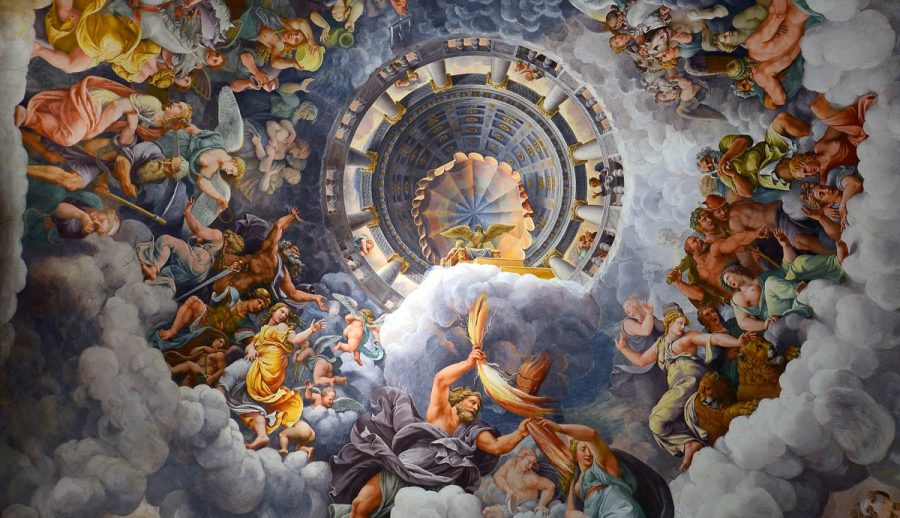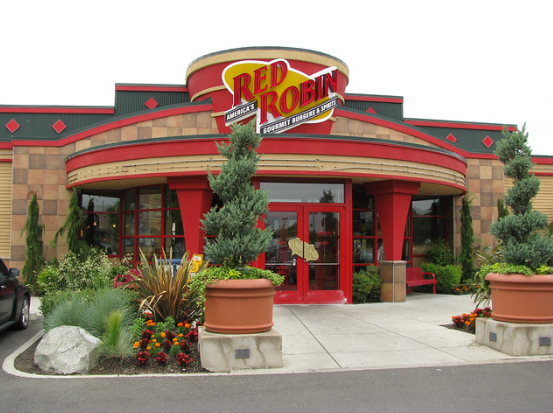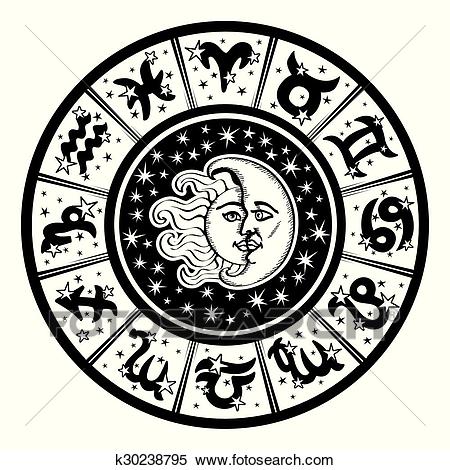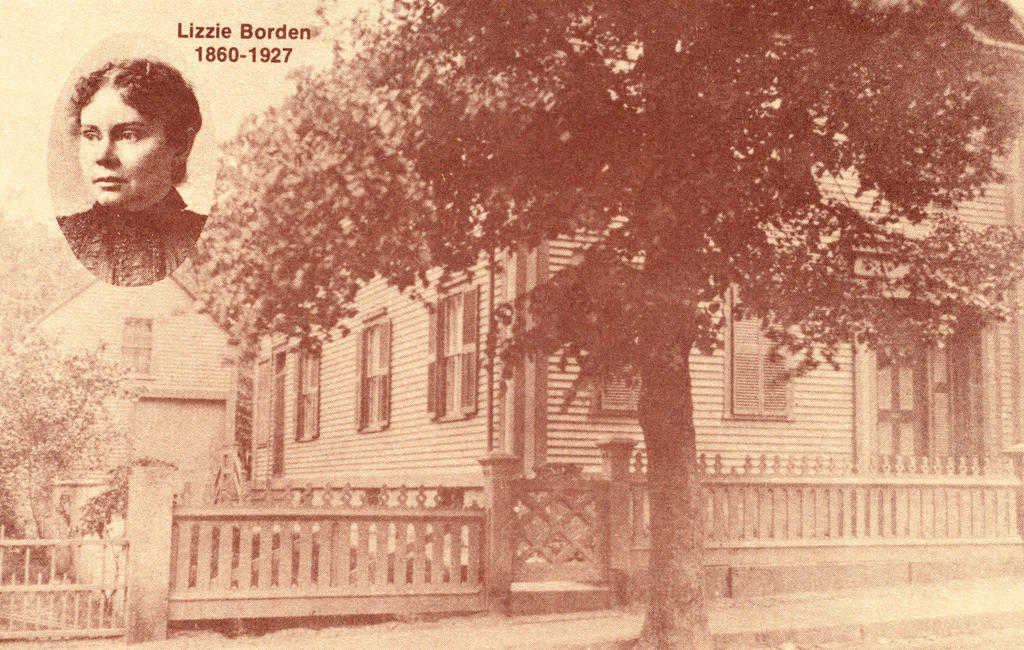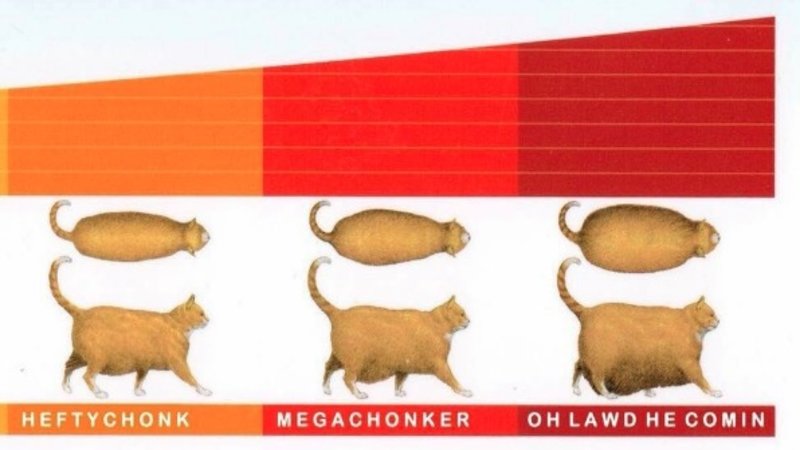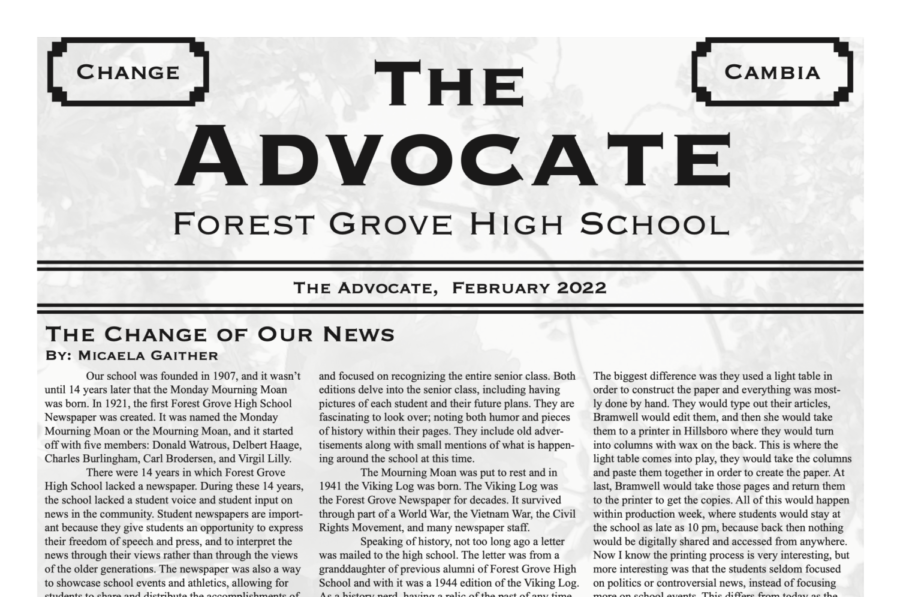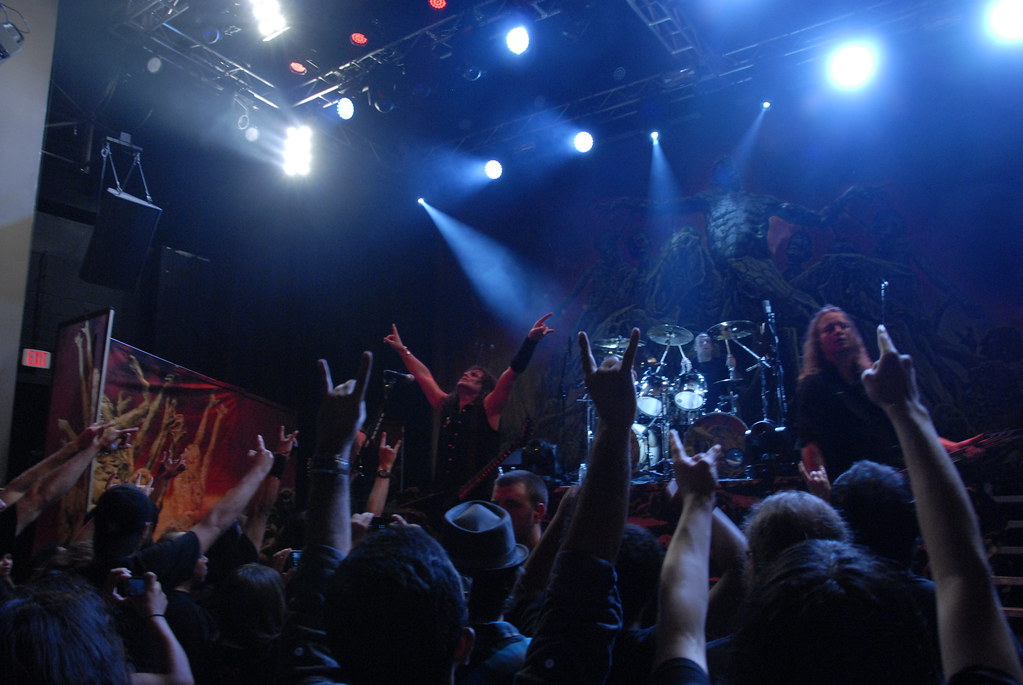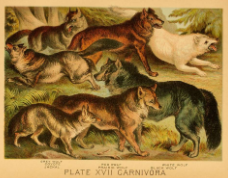Beginning of Metal
Heavy metal is a subgenre of rock music defined by its use of volume, distortion, and aggressive attitude. It first became popular in the 1960s and encompasses many subcategories, such as Thrash Metal, Glam Metal, Doom, Black Metal, Deathcore, Nu Metal, etc… One thing that ties all these genres together is the heavy emphasis on bass, drums, and powerful vocals. Much like punk, metal mostly began in the UK, traveling to the US soon after.
Some of the most well-known bands that helped to create the subgenre we see today are Led Zeppelin, Black Sabbath, Kiss, as well as many, many more. In the 1980s Glam Rock became much more popular than the typical Rock n Roll metal sound that we were all used to. Bands like Motley Crue and Poison were at the top of this genre in that period. In the late 1980s, even heavier music genres were becoming popular, with more heavy instrumental solos, eventually incorporating screaming solos and breakdowns. Now most new metal songs and bands have a heavier sound than there originally was, leading to “Heavy Metal” becoming more known as “Classic Rock.”
Deathcore/Death Metal
Deathcore takes elements of Hardcore Metal, Metalcore, and sometimes hardcore punk and combines them into a beautiful dark mess of a cake. Deathcore is very deep lyrically, often singing about death, body horror, and the darker aspects of life, and even sometimes about anti-religious ideals. Vocally, Deathcore is mostly low growls, shrieks, and pig squeals, while sung vocals are very rare. Instrumental solos are very common, especially for drums. Guitars and bass are loud, sometimes even as loud as the singer. The most commonly used technique is breakdowns, most songs have at least one.
The first band that’s known to have been described as “Deathcore” was a band called NYC Mayhem in the 1990s. Outside of the US, there were many German bands that could be considered Deathcore or “Deathgrind.” In 1984, 4 different Deathcore bands created a split album that highlighted what the current scene looked like at that point in time.
Extreme
Extreme Metal is all the Metal characteristics bundled together and then x5. Extreme Metal has high tempos, increased aggression, distorted vocals/instruments, and harsh extremism. Much like Deathcore, lyrics often speak on the darker sides of life, suicide, death, Holywood Satanism, and sometimes even war. One of the first bands known to have ventured away from Hardcore Punk or the other Metal genres is the 1980s band Venom, which inspired many of the most popular Punk bands that are still prominent today. This genre also inspired some style inspirations, primarily what’s known as corpse paint in the alternative scene.
Nu Metal
Nu Metal is a subgenre of alternative metal that combines heavy metal with other genres like hip hop, funk, and grunge. Most Nu Metal bands prioritize rhythm over melody, but normally still have catchy melodies. One of the most popular and influential Nu Metal bands of all time is Korn. Most anyone would know who they are just from the name. Another band is Linkin Park; these two bands are great examples of the typical Nu Metal sound that one would expect when listening to this genre.
Thrash
Thrash Metal’s main influence was from the Hardcore Punk scene in the 1980s, with fast-paced drums and excitable vocals with little to no screaming solos, originally called Speed Metal. Another characteristic is harmonic guitar riffs and quick strumming. Although this is a less coveted genre, it’s still a fun genre to listen to if you want a reason to move.
Conclusion
Metal is a wonderful subgenre with a huge variety of lower subcategories and many many types of people. Unfortunately, there is a rather unsavory reputation that some fans have left the entirety of the subgenre to deal with, such as the Satanist accusations and predatory assumptions. But, in most cases, this is simply not true. So, before judging someone simply because of their music taste, learn more about the nature of their character first and foremost.




